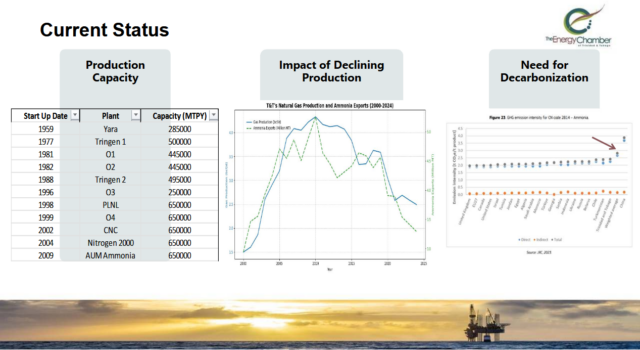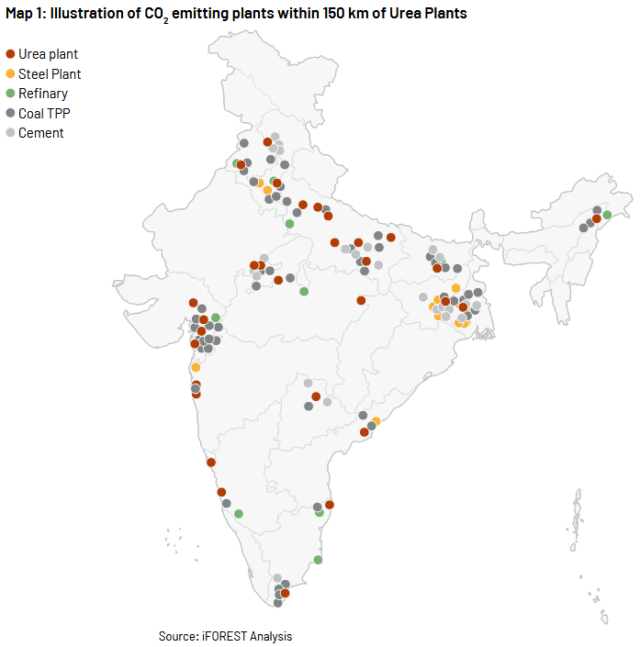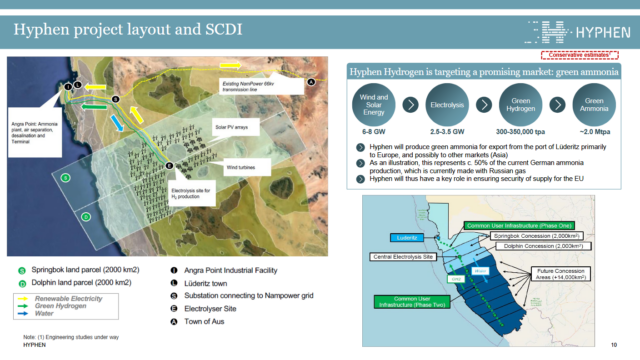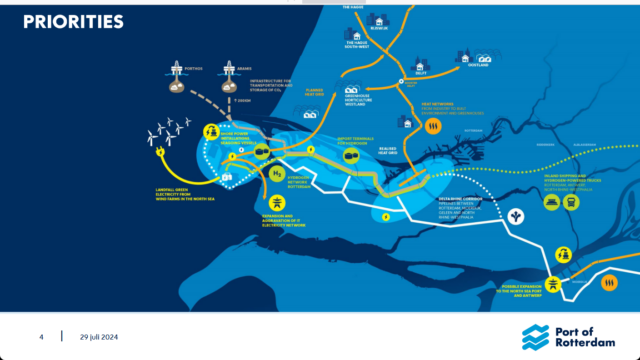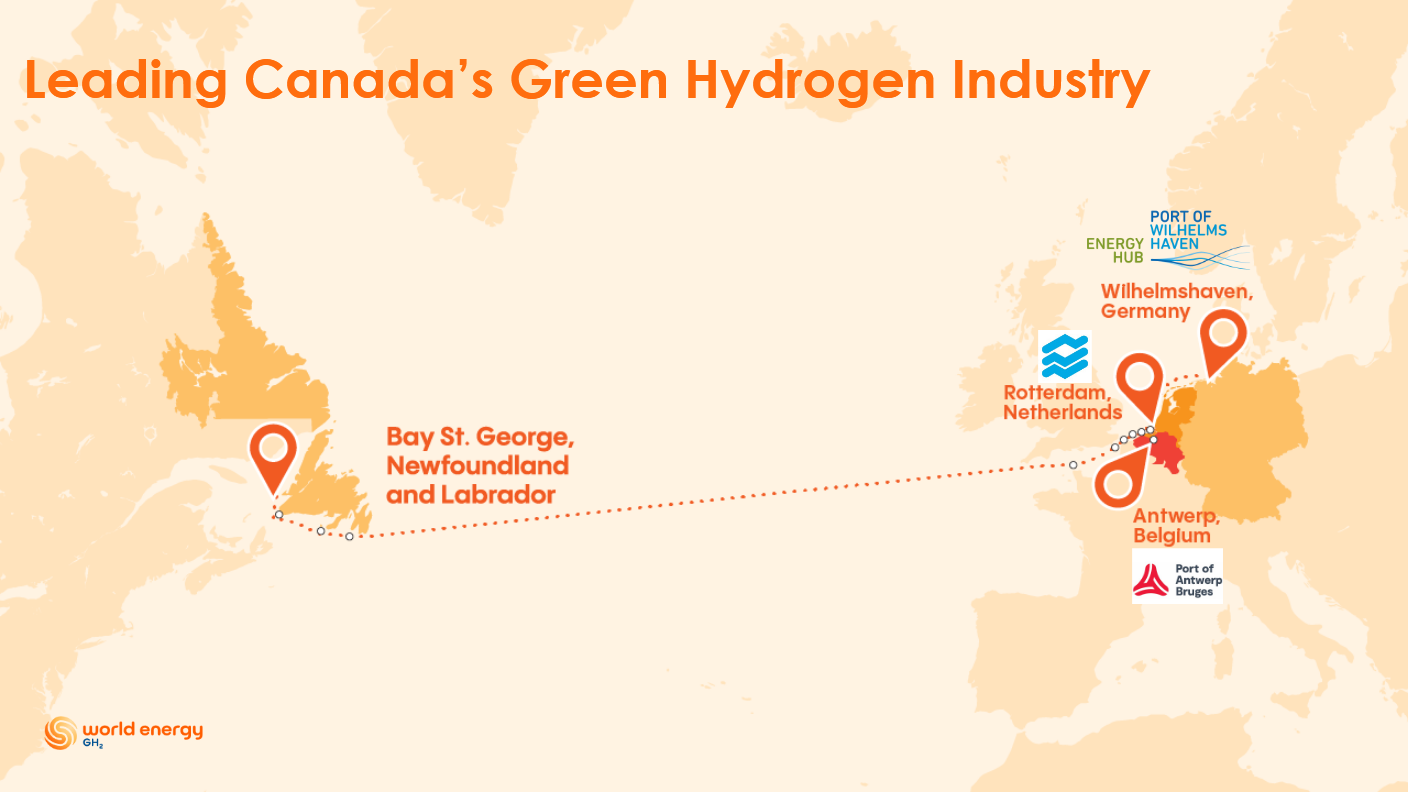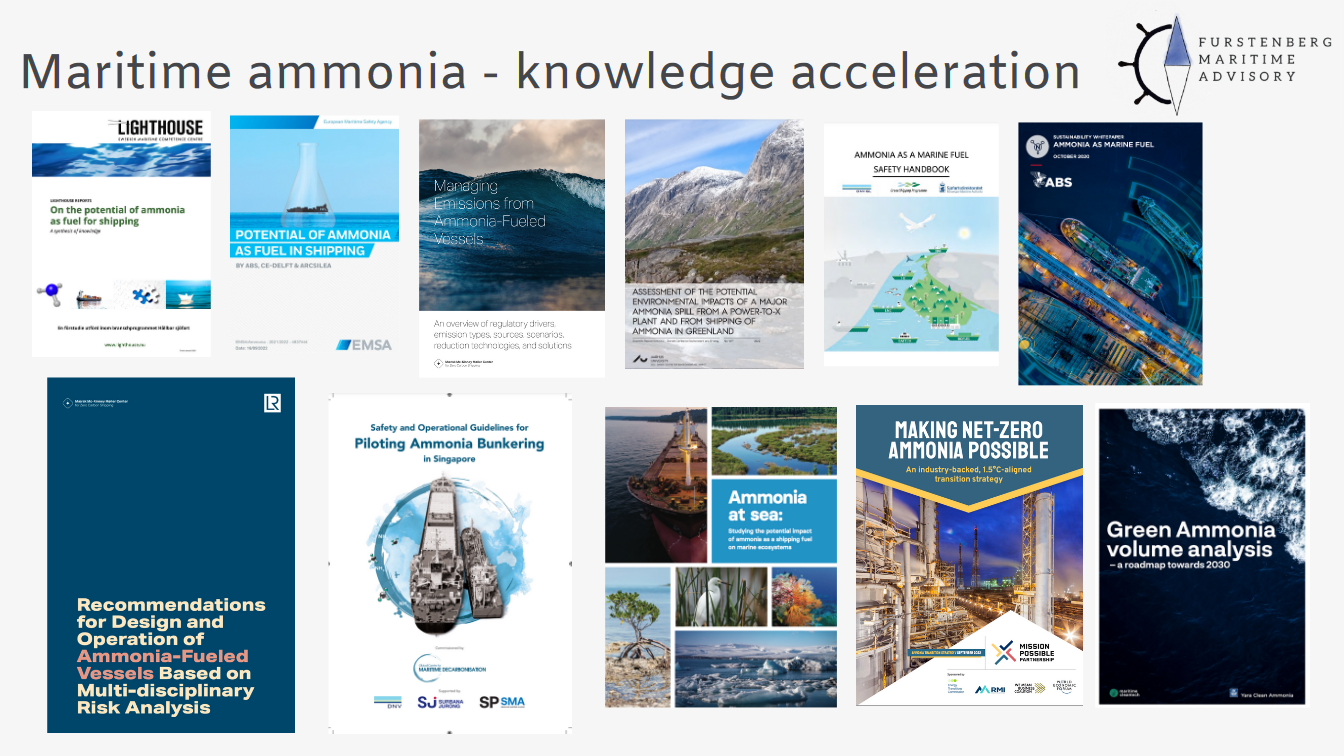Trinidad & Tobago: future production pathways for the world’s largest ammonia exporter
To explore Trinidad & Tobago' s existing ammonia production capacity and the new imperative to decarbonize, the Energy Chamber of Trinidad & Tobago and Argus Media joined Project Features last month. To maintain its market share in key export destinations and meet climate goals, Trinidad & Tobago has a series of decarbonized ammonia projects underway, including the use of wind, solar and gas-based CCS pathways.
